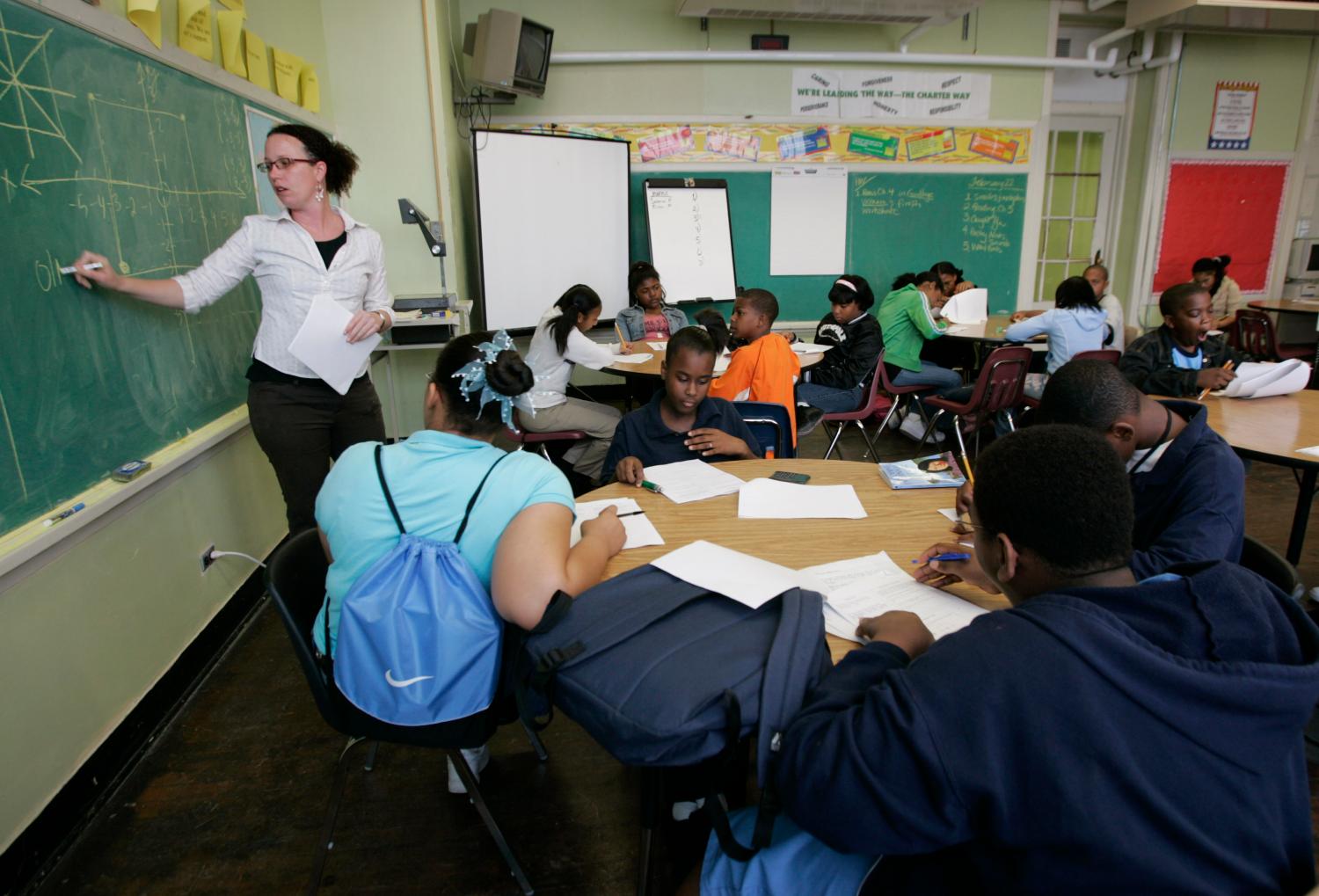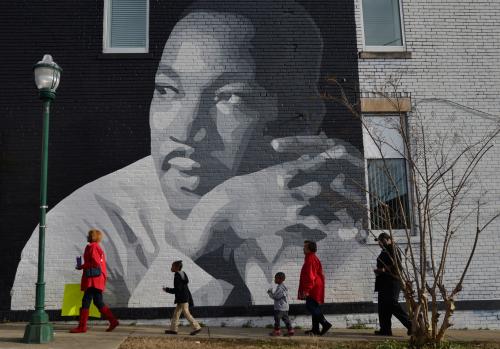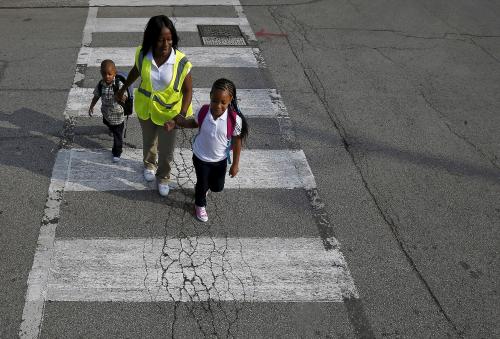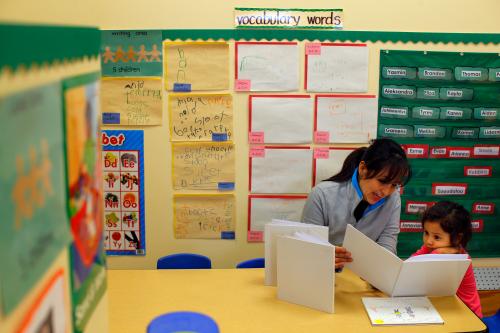Secretary of Education Betsy DeVos claims that school choice programs lead to more integrated schools. But does the evidence back her up? In general, research on both charter- and voucher-based school choice has found that these programs are more likely to lead to small increases in segregation than to improve integration. These results are not entirely surprising, given research on parents’ preferences showing that families tend to choose schools with students from similar backgrounds.
In a study released last month by the Education Research Alliance for New Orleans, we tested these effects at scale by examining the impact of the New Orleans school reforms on segregation. Following Hurricane Katrina, the state took over the vast majority of the city’s schools and began the process of turning all schools over to charter management organizations. By 2014, 86 percent of New Orleans students were in charter schools, and all schools in the city—including those directly run by the local school board—accepted students from anywhere within the city limits, creating the only all-choice school system in the country. Prior research has found that these unprecedented reforms substantially increased student achievement, but critics still have concerns about the unintended consequences of this system.
Segregation is usually measured in terms of race and income, but other demographics could be affected by school choice. In New Orleans, advocates worried particularly about the fate of special education students in the new system. Consequently, we assessed changes in segregation for not only race and income, but also special education status, English-language learner status, and achievement.
How we measured the effects of the charter school reforms on segregation
Our team analyzed changes in segregation using two common measures: unevenness and isolation. “Unevenness” measures how perfectly each school’s population mirrors the district population. A higher value of unevenness reflects more segregation–more students would have to switch schools in order to match the district population. “Isolation” measures the typical concentration of a student’s own group in the schools they attend. For the sake of simplicity, we focus on our results on unevenness here, but our results based on the isolation measure were similar.
What we found
Overall, our results show mixed effects that differed for elementary and high school students. At the elementary level, we found minimal effects on segregation across demographics, apart from a decrease in segregation for Asian students.
Segregation levels in high schools, however, changed in a number of ways, shown in the figure below. The figure shows the unevenness of selected groups of high school students in New Orleans and in comparison districts, before and after the New Orleans reforms. The y-axis shows unevenness, or the percentage of students in the group who would have to change schools in order to make each school’s student body match the district composition. (Higher numbers indicate greater segregation.)

This figure is based on the raw segregation measures alone, but other variables beyond the reforms (like population shifts) will affect this measure. We used what is called a differences-in-differences approach to remove other sources of variation as best we could. The logic here is to estimate changes over time in both New Orleans and the comparison districts, and then compare these against each other. We also controlled for other variables, including shifts in district demographics and average school size. By subtracting the change in these comparison districts from the change in New Orleans, we can isolate the effects of the reforms from state and national trends.
Using this differences-in-differences approach, we estimated increases in segregation in New Orleans, above and beyond changes in the comparison districts, for black (+0.21), Hispanic (+0.16), and low-income (+0.19) students, as well as decreases in segregation for students with individualized education programs (-0.06) and low-achieving students (-0.20). All of these estimates were statistically significant.
Summing across all of our findings, we did not find that citywide school choice caused large, consistent increases in segregation, nor did we find it to increase integration (as DeVos suggests). Rather, we found little evidence of change in elementary schools, and in high schools we found segregation measures moved in two different directions, which varied based on the dimension.
The future of school integration
Though we did not find that citywide school choice led to consistent increases in segregation (as prior research might suggest), increased choice alone does not appear to solve the persistent problem of school segregation, and in fact worsened racial and economic segregation for New Orleans high school students. That said, choice-based systems do offer distinctive possibilities. For example, some New Orleans charter elementary schools have sought to deliberately increase the diversity of their student populations using a number of strategies, including specific curricular approaches, mixed-income pre-K programs, and preferences for low-income students in the enrollment system. Additionally, though black students are less evenly distributed than before Katrina, there are also a larger number of racially diverse (<75 percent black) high schools now–six in 2014 as compared to one in 2005.
With growing evidence of increased inequality in income and wealth nationwide, it is important to consider segregation of schools as both a potential cause and effect of those trends. Our results for New Orleans confirm the broader national pattern that very few school systems—whether traditional or those with choice-based reforms—have had much success in integrating schools, suggesting that segregation will likely remain an issue for New Orleans and other cities around the country for years to come. The majority of New Orleans’ white students attend private schools, so true racial integration will not be achievable here without convincing many of these families to enter the public schools.
If DeVos and other education policymakers intend to make school integration a priority, then they will have to make it an explicit aim of their policies and programs. Simply hoping that integration will occur as a byproduct of school choice won’t get the job done.
The Brookings Institution is committed to quality, independence, and impact.
We are supported by a diverse array of funders. In line with our values and policies, each Brookings publication represents the sole views of its author(s).








